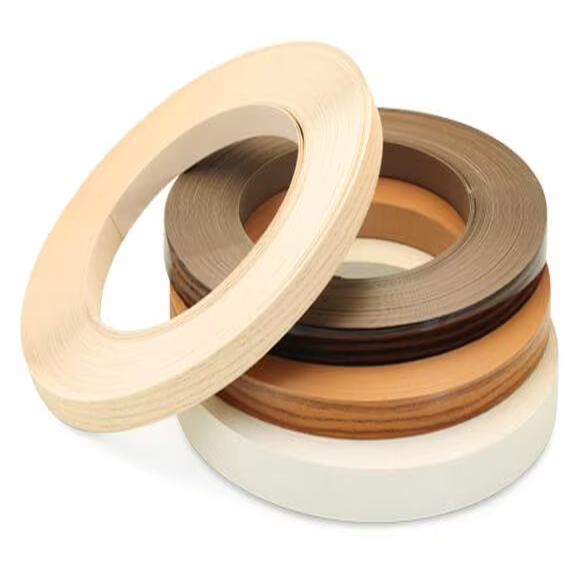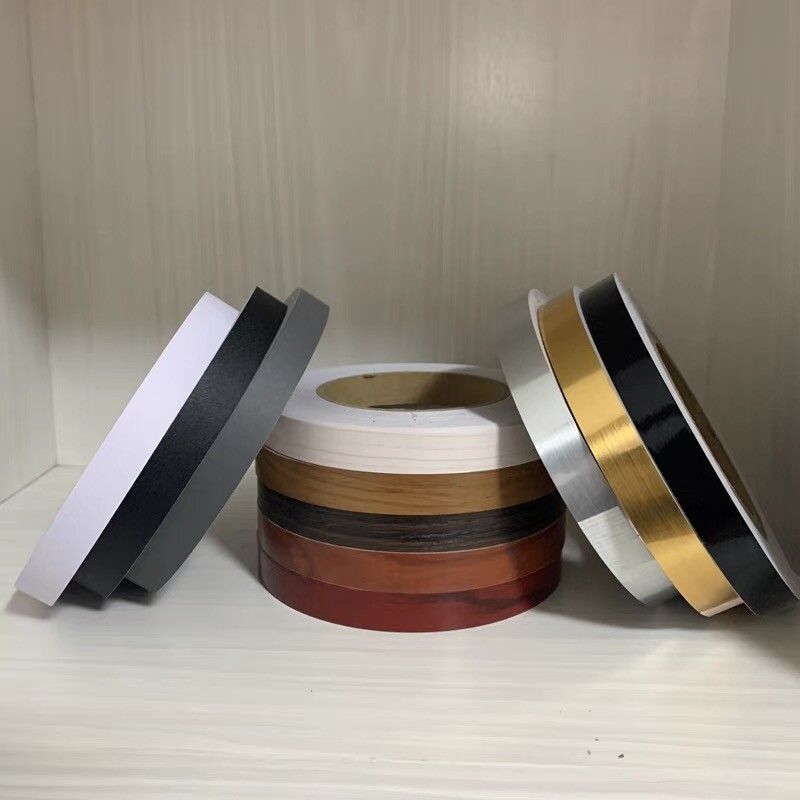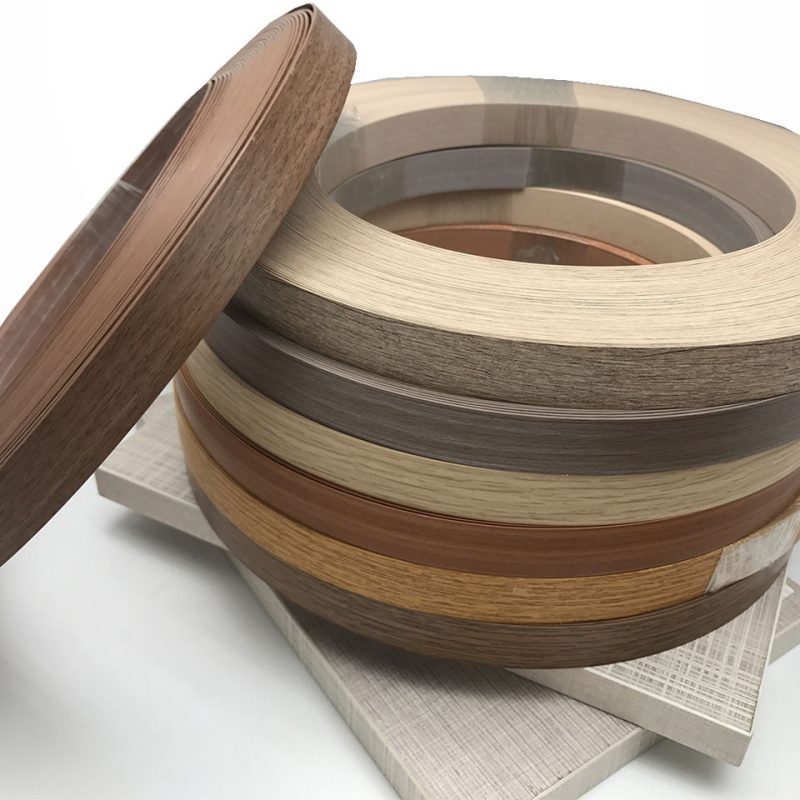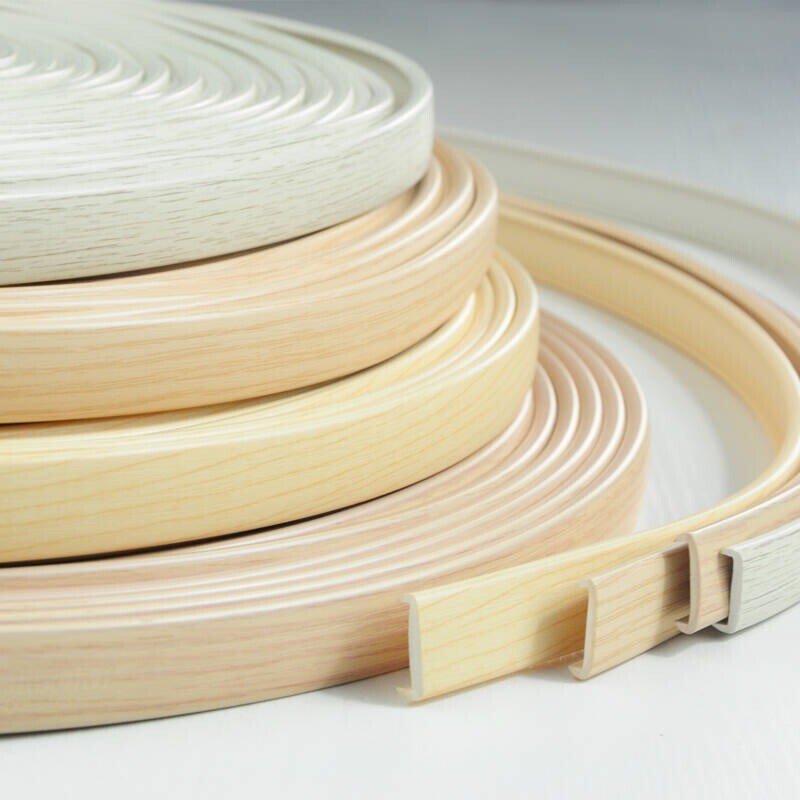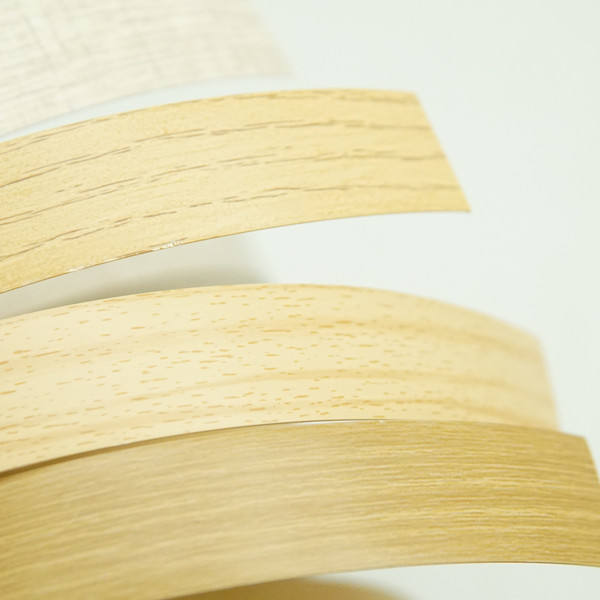We specialize in providing comprehensive furniture solutions, offering both ODM and OEM services.
News
What are the main materials of edge banding strips? What are the differences in characteristics?
The effect of edge banding process is closely related to the selection of materials. Common materials include:
I. Plastics
Typical representative: PVC edge banding strip
Core features: Low cost, rich colors, water-resistant and moisture-proof, but poor heat resistance, and prone to fading and deformation after long-term exposure to the sun.
Applicable scenarios: Ordinary furniture, interior decoration (non-high-temperature areas)
Ii. Engineering Plastics
Typical representative: ABS edge banding strip
Core features: Strong impact resistance, high surface hardness, chemical corrosion resistance, high texture simulation, comparable to the texture of solid wood or stone.
Applicable scenarios: mid-to-high-end furniture, commercial Spaces, special laboratory furniture, etc
Iii. Wooden materials
Typical representatives: solid wood edge banding strips, wood veneers
Core features: Prominent natural wood grain texture, good environmental friendliness, but requires regular maintenance and is prone to cracking or deformation due to humidity.
Applicable scenarios: solid wood furniture, high-end custom furniture
Iv. Metals
Typical representatives: Aluminum alloy and stainless steel edge banding
Core features: Modern texture, high strength, corrosion resistance, suitable for industrial or minimalist styles, but relatively high installation cost.
Applicable scenarios: Commercial Spaces, kitchens, bathrooms and other damp areas
V. New Materials
Typical representatives: Acrylic and PET edge banding
Core features: High surface gloss, wear-resistant and scratch-resistant, excellent environmental friendliness, seamless edge sealing effect can be achieved, and the visual effect is transparent and
high-end.
Applicable scenarios: high-end custom furniture, light luxury style decoration
Latest articles
 The excellent performance of edge-sealed plywood2025-05-23
The excellent performance of edge-sealed plywood2025-05-23 Personal DIY Plywood Edge Banding Guide2025-05-23
Personal DIY Plywood Edge Banding Guide2025-05-23 What are the similarities and differences between laser edge banding and ordinary edge banding?2025-05-22
What are the similarities and differences between laser edge banding and ordinary edge banding?2025-05-22 The manufacturing process and differences of edge banding strips2025-05-22
The manufacturing process and differences of edge banding strips2025-05-22 What Is PVC Edge Banding?2025-05-22
What Is PVC Edge Banding?2025-05-22
Ask For A Quick Quote
If you are looking for more information on our services, or how we could potentially help, we would love to hear from you!

